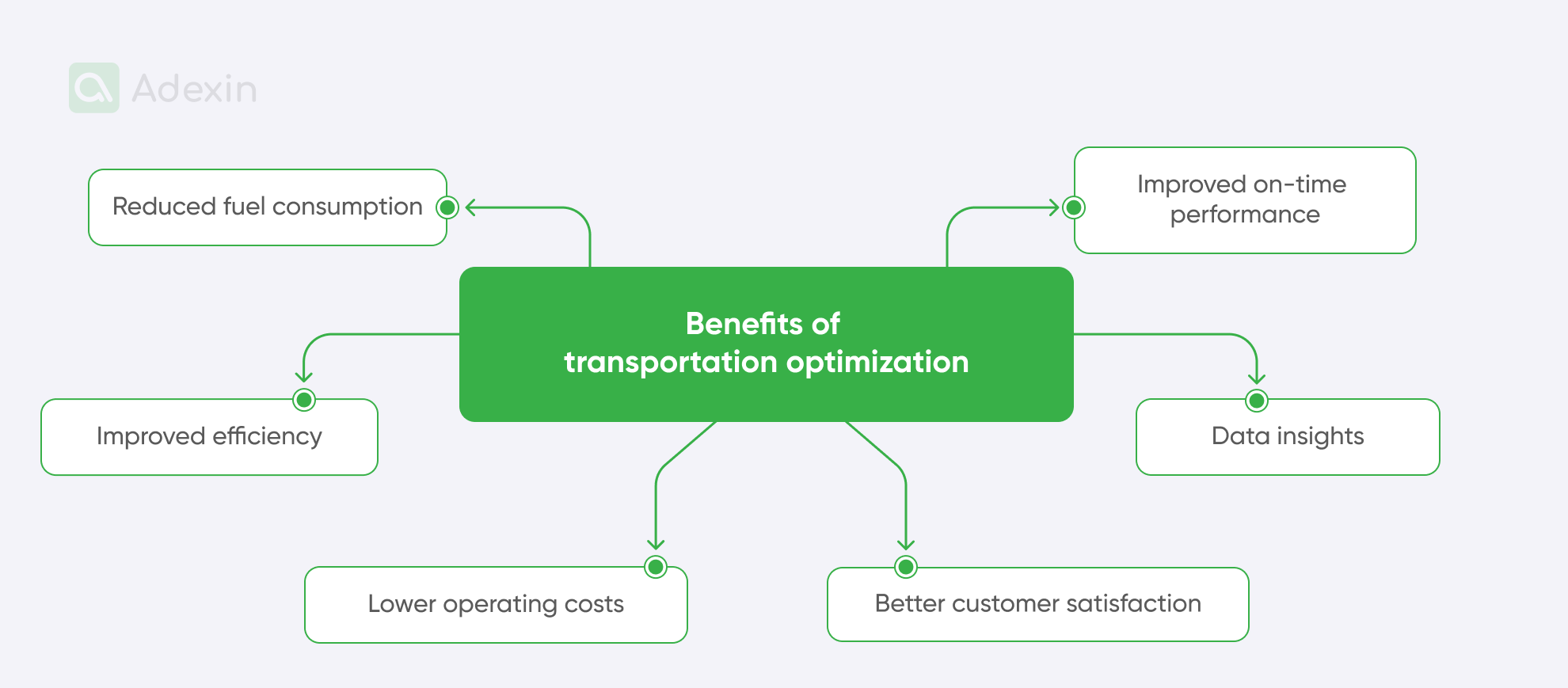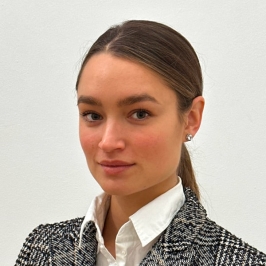Optimizing transportation isn't an easy task. You need to consider many factors that shape the market and influence performance. Transportation, along with logistics and the supply chain, is all about the ability to plan and execute better. You must master managing available resources, which is not a simple practice regarding the combination of vehicles, drivers, and routes. Everything becomes more complicated without the right tools in hand. You must consider how to structure your data more efficiently to manage KPIs and other variables.
Smart technology embedded in transport optimization software can maximize your ability to manage various resources and provide real-time data tracking. Many more advantages come into play with a software solution. In this article, we have outlined particular factors on how you can choose the best software for transportation, logistics, and supply chain.
What are the goals of transport optimization?
Before you start evaluating your software provider, you really need to understand your business needs well. Despite the industrial complexity, you may have fairly similar targets in your business when running transportation, logistics, or supply chain operations. The best way to understand your business goals is to reflect on your business challenges. In many cases, these are the ones you may want to overcome and tackle.
Here, we outlined several challenges of today's transportation, logistics, and supply chain:
Standardization
The lack of a single platform for managing various resources concerns problems in acquiring data and further planning.
Data flow
Problems with obtaining data cause the most interruptions in transport optimization. It's all about access to this data at the right moment to handle overall tasks much better.
Supply chain visibility
Maintaining visibility throughout the supply chain, from production to delivery, can be challenging. Lack of real-time information can lead to inefficiencies and delays.
Technology integration
Implementing and integrating advanced technologies, such as IoT, blockchain, and AI, into transportation and logistics systems can be complex but critical to optimizing operations.
Data management
Handling and analyzing the massive amounts of data generated by transportation and logistics operations requires robust systems to ensure accuracy and efficiency. If you optimize your document flow with, for example, DMS software features, your business will remain far more competitive.
Inventory management
Balancing inventory levels to meet demand while minimizing maintenance costs is an ongoing challenge in logistics. This also directly impacts transportation with better-optimized routes and trailer loads.
Last-mile delivery
Efficient last-mile delivery is a common challenge due to transportation bottlenecks, resource availability (trucks), and various customer preferences.
Global supply chain complexity
Managing logistics on a global scale requires dealing with different regulations. These are, for example, customs procedures and transportation networks. Optimizing these areas leads to increased complexity.

How to optimize transportation?
It needs to be emphasized that a person responsible for organizing transport in a small and medium-sized business has an extremely challenging task to handle. And it cannot be done without the right tools in hand. So, to optimize transport, logistics, and the supply chain, you really need to consider tools that can help you get a holistic view of overall operations.
Here are selected ways to optimize transport:
Analyzing shipments and determining routes.
Evaluate transportation rates every month (minimum quarterly).
Audit freight compliance (loading restrictions, law regulations).
Determining total freight costs (validate fuel costs, spare past costs).
Analyze document management (replace paperwork with digital).
Frankly, there are enough ways to optimize transport to provide the most advanced and high-quality services. Let's at least take a look at one of our cases for eTEU. Here, we developed Blockchain-backed paperless documentation management for shipping companies. With the help of advanced developments, digitalization has been achieved gradually and consistently and has provided the opportunity for transparency and operational efficiency.
What are the benefits of transportation optimization?

We have listed here the most beneficial aspects of transport optimization through the software:
Benefit | Description |
|---|---|
Our top 6 picks for best transport optimization software features
One of the best-known and most widely used solutions for transportation optimization is a transportation management system (TMS). This system integrates various functions and features to improve business efficiency. There are also route planning systems that help optimize just this narrow transportation area. You can also find software solutions for loading optimization to set the most efficient space load for trailers or containers.
In fact, you can build your transportation optimization solution by combining the best features that are really required for your business. To do this, your best option may be to use a custom software development solution. By adopting this approach to find a solution to optimize your business process, you can engage with software experts in your industry. They can design a comprehensive solution tailored to your business needs for you. They also understand your business and can assist with best transportation optimization practices far beyond the required scope of work.
Here are six key transport optimization software features outlined for incorporation into your solution:
Real-time tracking and visibility. Monitor shipments in real time using your TMS, enabling swift issue resolution and cost reduction for heightened efficiency.
Route optimization. Utilize the route optimization feature to decrease transportation time, fuel consumption, and costs. This emphasizes the software's role in operational efficiency and eco-friendly practices.
Carrier management. Efficiently manage transportation with this feature, fostering seamless collaboration with carriers, ensuring compliance, and enhancing reliability.
Financial operations. Streamline invoice management and enhance efficiency with the financial operations feature, reducing errors and saving time and money.
Analytics and reporting. Optimize logistics operations and identify trends through data-driven decisions using TMS analytics, enhancing overall productivity.
Real-time monitoring. Ensure timely updates on consignment status, providing the capability to monitor shipments in real-time.
What are transport optimization examples based on custom software?
Here are a few examples of transport optimization in logistics and supply chain based on custom software:
Consolidation
Aggregating multiple shipments, for example, LTL to TL can be achieved through shipment consolidation during shipping to a single location with multiple pallets. Using this method, you can minimize paperwork and avoid system discrepancies by having all orders on one sheet.
Multi-point optimization
Another example is a multi-stop route with multi-pick/multi-drop. By using this optimization model, you can reduce the need for loading. This approach is quite similar to shipment consolidation, but it effectively limits extra stops and collections from distribution centers.
Pooling
This approach is more closely related to inventory management, aiding the optimal selection of warehouses/cross-docks to leverage consolidation and deconsolidation.
Need help with custom software development for your transportation business?
Learn how we can help you
Explore moreFinal takeaway
You may need highly customized software tailored to your business needs to optimize transportation. Custom software development services can assist you in leveraging these opportunities, enabling better optimization across various transportation, logistics, and supply chain functions. Implementing a range of optimization models that align with your overall business targets is crucial.,
Adexin is a custom software development company dedicated to helping small and medium-sized businesses optimize their transport operations. Whether you operate as a distribution center, logistics provider, carrier, car rental provider, or any other entity in the supply chain, optimizing transportation operations can significantly reduce costs and increase revenue. If you're seeking the right solution for this, you can reach out to us. We provide advice on fleet management app development for your specific needs. Get in touch with us today.

